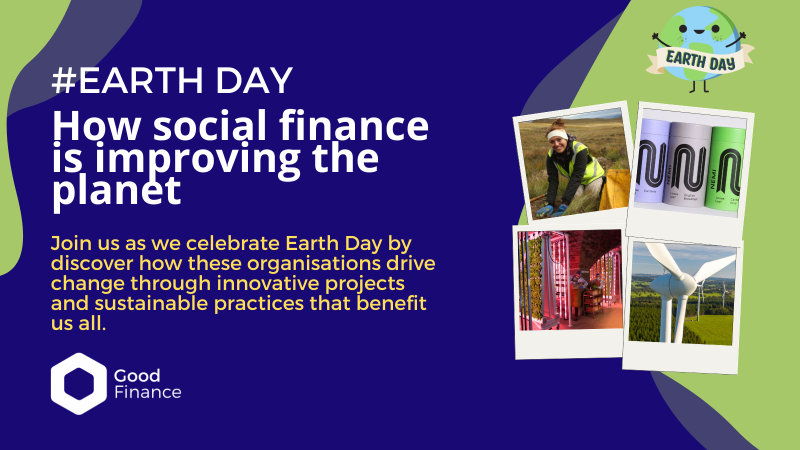Insulation
If you occupy premises that need to be heated, then improving the insulation levels can help to reduce the heating demand, which in turn will cut your energy bills and emissions.
Open in a new window
No
Heat pumps
If you’re looking to reduce the carbon emissions associated with heating or cooling your building, then a heat pump could be a good option. However, it’s important to understand the different types of heat pumps, their applications, financial aspects, and ongoing operational and maintenance requirements.
Open in a new window
No
Lighting
Most buildings require artificial lighting to some extent, and it's crucial to ensure that the lighting provided is of good quality and tailored to the specific tasks and occupancy of the building.
Open in a new window
No
Conventional heating
In this section, we will talk about condensing boilers, electric heating and how to improve your central heating systems.
Open in a new window
No
Solar thermal
Solar water heating systems, or solar thermal systems, use energy from the sun to warm water for storage in a hot water cylinder or thermal store. Because the amount of available solar energy varies throughout the year, a solar water heating system won’t provide 100% of the hot water required throughout the year.
Open in a new window
No
Energy storage
An energy storage system allows you to capture heat or electricity when it is readily available, such as from a renewable energy system, storing it for you to use later.
The most common energy storage systems include electric batteries, hot water cylinders and electric storage heaters.
The most common energy storage systems include electric batteries, hot water cylinders and electric storage heaters.
Open in a new window
No
Solar PVs
A solar PV panel consists of many cells made from layers of semi-conducting material, most commonly silicon. When light shines on this material, a flow of electricity is created.
Box Colour
#763374
Open in a new window
No
Earth day: How social finance is improving the planet
Blog
Discover environmental projects and their impact through social finance, exciting case studies, and more!


